I just developed a simple dart package (test_cov_console), so you can run it directly from Android Studio terminal. The tool would read the lcov.info that was generated by flutter test --coverage. Find this link for source code.
You can install the lib globally, so it would not change your current project:
flutter pub global activate test_cov_console
And run it:
flutter pub global run test_cov_console
Here is the sample of output:
flutter pub run test_cov_console
---------------------------------------------|---------|---------|---------|-------------------|
File |% Branch | % Funcs | % Lines | Uncovered Line #s |
---------------------------------------------|---------|---------|---------|-------------------|
lib/src/ | | | | |
print_cov.dart | 100.00 | 100.00 | 88.37 |...,149,205,206,207|
print_cov_constants.dart | 0.00 | 0.00 | 0.00 | no unit testing|
lib/ | | | | |
test_cov_console.dart | 0.00 | 0.00 | 0.00 | no unit testing|
---------------------------------------------|---------|---------|---------|-------------------|
All files with unit testing | 100.00 | 100.00 | 88.37 | |
---------------------------------------------|---------|---------|---------|-------------------|
The output can be saved to CSV file:
flutter pub run test_cov_console -c --output=coverage/test_coverage.csv
Sample CSV output file:
File,% Branch,% Funcs,% Lines,Uncovered Line #s
lib/,,,,
test_cov_console.dart,0.00,0.00,0.00,no unit testing
lib/src/,,,,
parser.dart,100.00,100.00,97.22,"97"
parser_constants.dart,100.00,100.00,100.00,""
print_cov.dart,100.00,100.00,82.91,"29,49,51,52,171,174,177,180,183,184,185,186,187,188,279,324,325,387,388,389,390,391,392,393,394,395,398"
print_cov_constants.dart,0.00,0.00,0.00,no unit testing
All files with unit testing,100.00,100.00,86.07,""





